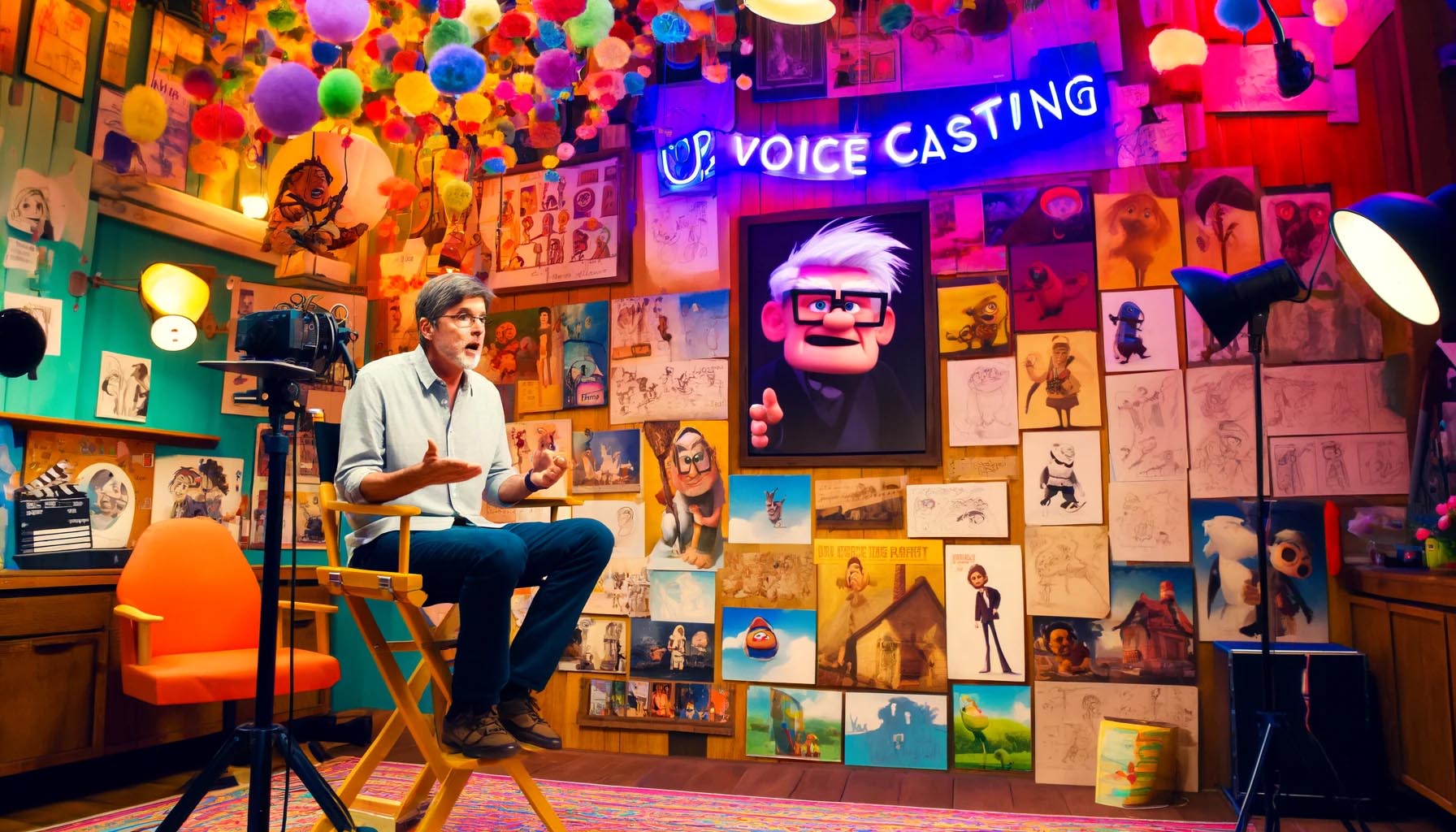Pete Docter, the renowned director of the Oscar-nominated animation “Up,” was set to receive an award in New York City. An opportunity arose for me to interview him, an offer I eagerly accepted. This year marked a significant time for animated movies, with “Fantastic Mr. Fox” and “Coraline” introducing new techniques in stop-motion, and Disney revisiting traditional animation methods. However, “Up” stood out by perfectly combining a youthful sense of amazement with a more mature representation of adult conflicts. Impressively, it earned a nomination not just for Best Animated Feature, but also for Best Picture.
“Up” narrates the life of Carl Fredrickson, a young boy who adores the globally celebrated explorer Charles Muntz. Carl’s admiration leads him to Ellie, a girl sharing similar passions. Tragically, Muntz’s reputation tumbles when he’s accused of fabricating the discovery of the Paradise Falls monster. He departs for South America in a blimp to validate his claim but vanishes. Carl and Ellie, having grown close, eventually marry and dream of visiting Paradise Falls together. However, life’s distractions delay their journey, and Ellie passes away after 70 years of marriage. Carl, now a lonely widower voiced by Ed Asner, clashes with a construction company eager to demolish his house. Following an altercation, he faces relocation to a retirement home. Determined to honor Ellie’s memory, Carl uses countless balloons to lift his house, setting off for Paradise Falls. Unknown to him, Russell, an eight-year-old boy seeking a merit badge for aiding the elderly, becomes an unintended companion on this adventure. Their journey leads them to extraordinary places, talking dogs, a delusional Muntz, and a rare bird named Kevin.
Docter, a 41-year-old native of Bloomington, Minnesota, has been a pivotal figure at Pixar Animation Studios for two decades. His notable works include the story and animation direction for “Toy Story” (1995), contributing to the story of its 1999 sequel, directing “Monsters, Inc.” (2001), and co-writing “WALL-E” (2008). He has earned three Academy Award nominations and two Annie Awards, the highest accolade in animation.
In a conversation with Docter and his producer Jonas Rivera, we delved into his extensive career in animation, a field experiencing significant narrative and technological advancements.
Docter shared the origins of “Up,” which contrasted with his previous work. The concept of escapism, sparked by the desire to retreat from overwhelming worldly pressures, laid the foundation for the film. This theme evolved into a story about Carl’s deep connection with his wife, emerging about six months into the development.
Bob Peterson, co-writer and co-director, and Docter brainstormed in a room, leading to the creation of Carl, a character inspired by Docter’s grandfather. They envisioned a protagonist with strong opinions and a distinct attitude, deviating from the typical bland lead characters. The idea of the house floating away stemmed from Docter’s personal longing for solitude after a day of interactive and demanding work on “Monsters, Inc.”
The inclusion of talking dogs and the character development process were critical elements. Docter explained that the challenge was not only in generating imaginative ideas but also in weaving them into a coherent and believable narrative. The casting process further influenced character development, with the actors’ personalities shaping their roles. For instance, Jordan Nagai, who voiced Russell, was not a professional actor, but his genuine and reserved nature led to adjustments in Russell’s character.
The voice casting process was meticulous, aiming for authenticity and a strong connection between the actors and their characters. Christopher Plummer, known for his versatility, brought refinement to the character of Muntz. The role of Dug, the talking dog, was voiced by Peterson, originally chosen due to convenience but retained for his natural humor.
The animation team’s skill in minimizing dialogue and maximizing visual storytelling was highlighted, particularly in Carl’s character, who is sparing with words. Docter’s favorite moments in “Up” include the “Married Life” sequence, which delicately balances emotion without overdoing sentimentality, and a silent scene where Carl discovers his adventure book filled with memories of his life with Ellie, effectively conveyed through animation and facial expressions.

